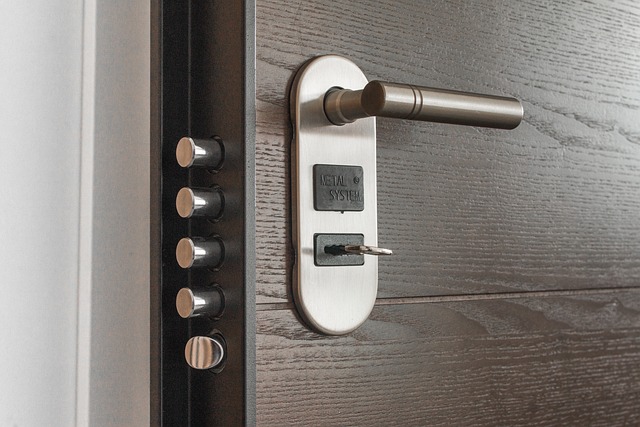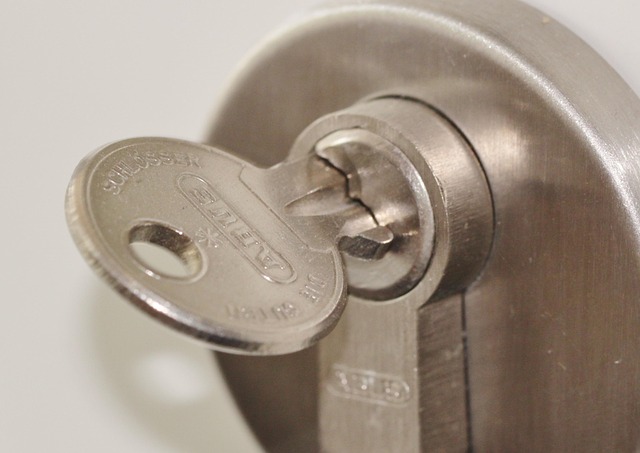Rugged environments pose unique challenges for wireless systems, requiring robust performance from equipment like long-range wireless cameras. Professional-grade systems address these issues with advanced antenna designs, encryption protocols, and weatherproof housing. These features ensure consistent operation in harsh conditions, making such cameras invaluable for surveillance, conservation, and border security. Prioritizing robust construction, low latency connectivity, and secure data transmission ensures optimal performance in diverse demanding applications.
In the face of rugged environments, reliable and robust wireless systems are essential. This article explores professional-grade solutions designed for extreme conditions, focusing on the role of long-range wireless cameras. We’ll delve into the unique demands of these settings, highlighting the advantages these cameras offer—from enhanced surveillance to seamless data transmission. Key features guiding selection will be discussed, along with real-world applications and success stories showcasing their impact.
- Understanding the Demands of Rugged Environments for Wireless Systems
- The Advantages of Long-Range Wireless Cameras in Challenging Conditions
- Key Features to Look For in Professional-Grade Solutions
- Real-World Applications and Success Stories
Understanding the Demands of Rugged Environments for Wireless Systems

In rugged environments, wireless systems face unique challenges that demand robust and reliable performance from the technology employed. These settings often involve extreme weather conditions, physical obstructions, and unpredictable terrain, putting a strain on communication equipment. For instance, long-range wireless cameras used in remote areas must capture clear images despite low signal strength and potential interference from natural barriers like mountains or dense vegetation.
Professional-grade systems are designed to withstand these harsh conditions, ensuring continuous operation even in challenging landscapes. Key considerations include advanced antenna designs for better signal penetration, robust encryption protocols to secure data transmission, and weatherproof housing to protect sensitive components. These features enable wireless systems to deliver consistent performance, making them indispensable tools for various industries operating in rugged terrain.
The Advantages of Long-Range Wireless Cameras in Challenging Conditions

In rugged and challenging environments, where traditional wired solutions are often impractical or impossible to implement, long-range wireless cameras offer a game-changing approach to surveillance and monitoring. These innovative systems provide an unparalleled level of flexibility and accessibility, enabling professionals to capture high-quality footage from remote locations without the constraints of cumbersome cables. With their advanced technology, long-range wireless cameras can transmit clear images and video even in harsh conditions, ensuring critical data is accessible when it matters most.
One of the key advantages lies in their ability to withstand extreme temperatures, high humidity, and exposure to harsh elements, making them ideal for outdoor applications. These cameras are designed with rugged construction, ensuring they can operate consistently without maintenance or replacement concerns. Additionally, long-range wireless technology eliminates the need for complex infrastructure, saving time and resources during installation and setup. This makes them perfect for temporary setups, emergency response scenarios, and areas where traditional networks struggle to reach.
Key Features to Look For in Professional-Grade Solutions

When considering professional-grade wireless systems for rugged environments, several key features set apart top-quality solutions from ordinary ones. Firstly, look for robust construction designed to withstand extreme conditions—from intense heat and cold to exposure to dust and water. These systems need to be reliable and durable, ensuring they can function flawlessly in demanding settings.
Additionally, long-range wireless cameras should offer superior connectivity with low latency, crucial for real-time monitoring and control. Advanced encryption protocols are essential for secure data transmission, protecting sensitive information from unauthorized access. Features like high video quality, wide field of view, and night vision capabilities enhance situational awareness, making them ideal for various applications in rugged environments.
Real-World Applications and Success Stories

In today’s digital age, professional-grade wireless systems have found their place in various rugged environments, offering unparalleled versatility and functionality. One notable application is the use of long-range wireless cameras in remote locations, such as wildlife reserves, national parks, and even military bases. These advanced cameras capture high-quality images and videos over significant distances, enabling real-time monitoring and data collection without the need for cumbersome cables or physical connections.
Success stories abound in industries like conservation and security. For instance, wildlife researchers have deployed long-range wireless cameras to track endangered species deep within forests and deserts, providing crucial insights into their behavior and habitats. Similarly, security agencies benefit from these systems in border surveillance, ensuring swift response times and enhancing overall safety. The reliability and robust design of these wireless solutions ensure they withstand extreme conditions, making them indispensable tools for professionals operating in rugged environments.
Professional-grade wireless systems, particularly long-range wireless cameras, are transforming rugged environments by offering unparalleled connectivity and surveillance capabilities. Their robust design and advanced features ensure reliable performance in harsh conditions, making them indispensable for various industries. With real-world applications showcasing their effectiveness, these systems represent a significant leap forward in bridging the gap between remote locations and modern technology. Investing in long-range wireless cameras is not just a choice; it’s a strategic move towards enhancing operational efficiency and safety in challenging landscapes.
